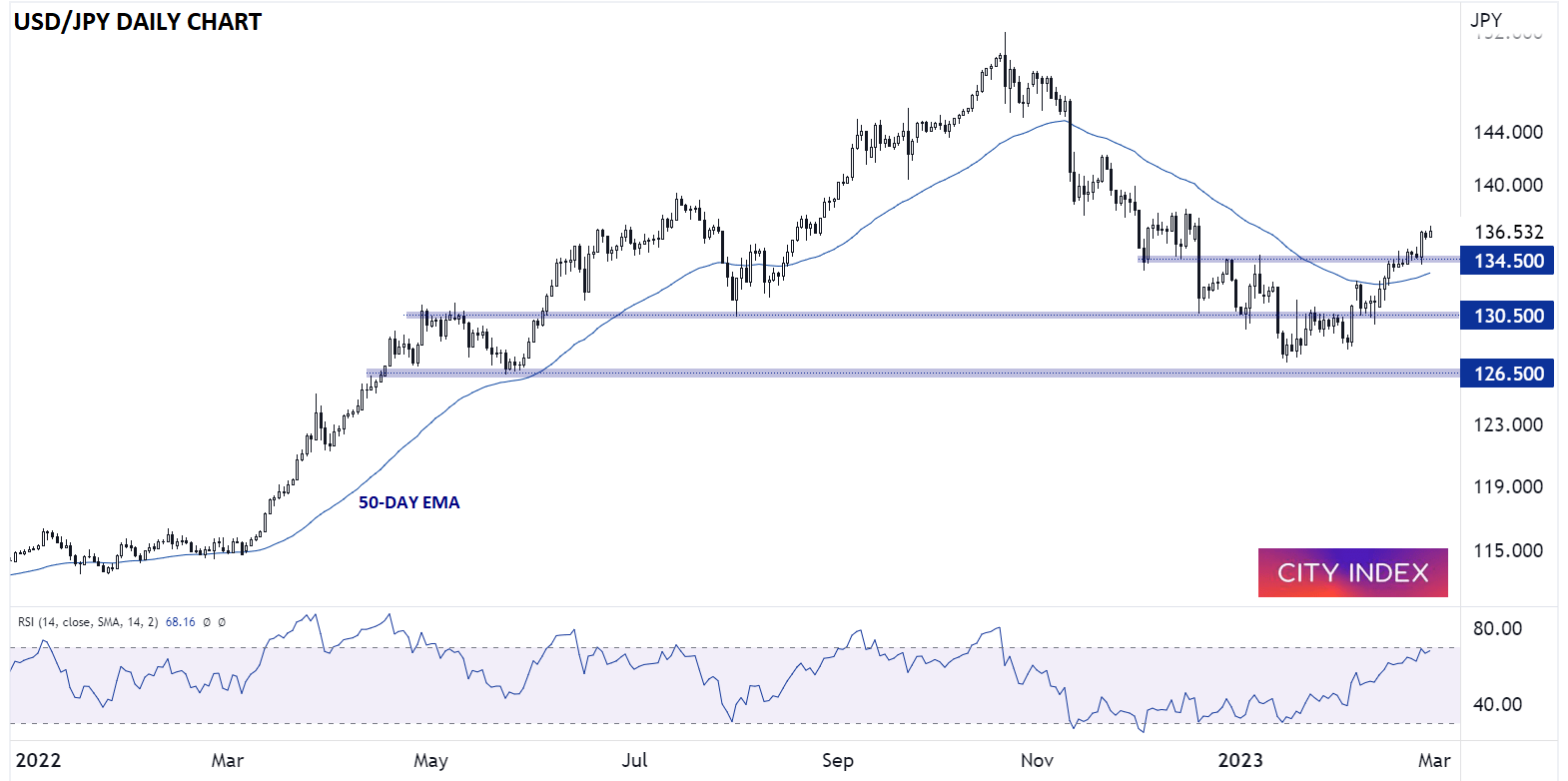
*Note: This article was last updated in March 2023.*
Back in the day, people used to joke that bankers followed the 3-6-3 rule: They borrowed money (deposits) at 3%, lent them out (through mortgages and other loans) at 6%, and were on the golf course by 3 o’clock in the afternoon.
While the banking industry has evolved dramatically in recent decades, the appeal of relatively effortlessly earning an interest rate spread between the cost of money on borrowed funds and the return on lending out that same money is timeless.
Enter the FX carry trade.
What is the FX carry trade?
As we outlined in our educational article on the topic, “a carry trade is a trading strategy that involves borrowing a low-yield (low interest rate) currency to buy a higher-yield (high interest rate) currency in order to profit from the difference in interest rates.”
Prior to the Great Financial Crisis (GFC), this was one of the most popular FX trading strategies on the planet, with many traders selling currencies with lower interest rates, like the Japanese yen, and buying currencies with relatively high interest rates, like the Australian dollar or even more exotic EM currencies like the Turkish lira. Even if the difference between the relevant rollover rates, say on AUD/JPY, were only 2.00%, by incorporating leverage, traders were able to collect sizable annualized interest rates. If the AUD/JPY exchange rate also rose, the carry trade would be even more profitable, though it’s worth emphasizing that a decline in the exchange rate could offset any profits or even lead to outright losses despite the positive carry.
Is the FX carry trade back?
The popularity of the FX carry trade took a big hit when most global central banks drove interest rates to essentially 0% in the aftermath of the GFC, but as inflation rose to multi-decade highs after the COVID pandemic, central banks once again began raising interest rates aggressively, reviving the carry trade.
For example, traders expect the Federal Reserve to raise the fed funds target rate to roughly 5.50% by the end of 2023, whereas the BOJ is still leaving interest rates at 0% and aggressively intervening into Japan’s bond markets to ensure that interest rates on the 10-year JGB do not exceed 0.50%. In other words, the “gap” between the Fed and BOJ’s primary interest rates will likely approach 5.00% in the fourth quarter of this year, providing notable positive carry on a long USD/JPY position, especially when accounting for the potential leverage on the trade.

Source: TradingView, StoneX
For anyone considering placing a carry trade on USD/JPY, it is essential to monitor the price action in the underlying exchange rate, as a decline of just 4% (or just under 500 pips in this case) could wipe out an entire year’s worth of interest, but as long as the pair remains well supported (or even rises further), the newly-rediscovered potential for positive carry in the FX market can provide a tailwind when trading certain pairs.
How to trade with City Index
You can trade with City Index by following these four easy steps:
-
Open an account, or log in if you’re already a customer
• Open an account in the UK
• Open an account in Australia
• Open an account in Singapore
- Search for the market you want to trade in our award-winning platform
- Choose your position and size, and your stop and limit levels
- Place the trade










